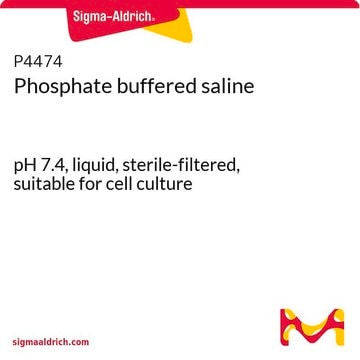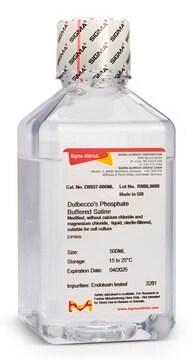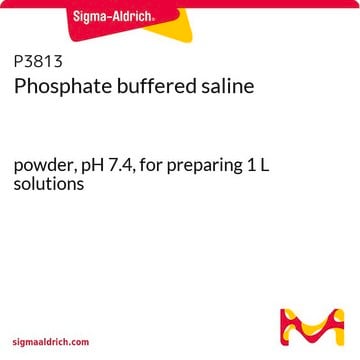94474
D-(+)-Sucrose octaacetate
analytical standard
Sinonimo/i:
Sucrose octaacetate
About This Item
Prodotti consigliati
Grado
analytical standard
Livello qualitativo
Saggio
≥98.0% (TLC)
Attività ottica
[α]/D 58±3°, c = 2.5 in ethanol
Durata
limited shelf life, expiry date on the label
tecniche
HPLC: suitable
gas chromatography (GC): suitable
P. ebollizione
260 °C (lit.)
Punto di fusione
82-85 °C (lit.)
applicazioni
cleaning products
cosmetics
flavors and fragrances
food and beverages
personal care
Formato
neat
Stringa SMILE
CC(=O)OC[C@H]1O[C@H](O[C@]2(COC(C)=O)O[C@H](COC(C)=O)[C@@H](OC(C)=O)[C@@H]2OC(C)=O)[C@H](OC(C)=O)[C@@H](OC(C)=O)[C@@H]1OC(C)=O
InChI
1S/C28H38O19/c1-12(29)37-9-20-22(40-15(4)32)24(42-17(6)34)25(43-18(7)35)27(45-20)47-28(11-39-14(3)31)26(44-19(8)36)23(41-16(5)33)21(46-28)10-38-13(2)30/h20-27H,9-11H2,1-8H3/t20-,21-,22-,23-,24+,25-,26+,27-,28+/m1/s1
ZIJKGAXBCRWEOL-SAXBRCJISA-N
Cerchi prodotti simili? Visita Guida al confronto tra prodotti
Descrizione generale
Applicazioni
Confezionamento
Codice della classe di stoccaggio
11 - Combustible Solids
Classe di pericolosità dell'acqua (WGK)
WGK 2
Punto d’infiammabilità (°F)
Not applicable
Punto d’infiammabilità (°C)
Not applicable
Scegli una delle versioni più recenti:
Certificati d'analisi (COA)
Non trovi la versione di tuo interesse?
Se hai bisogno di una versione specifica, puoi cercare il certificato tramite il numero di lotto.
Possiedi già questo prodotto?
I documenti relativi ai prodotti acquistati recentemente sono disponibili nell’Archivio dei documenti.
I clienti hanno visto anche
Filtri attivi
Il team dei nostri ricercatori vanta grande esperienza in tutte le aree della ricerca quali Life Science, scienza dei materiali, sintesi chimica, cromatografia, discipline analitiche, ecc..
Contatta l'Assistenza Tecnica.






